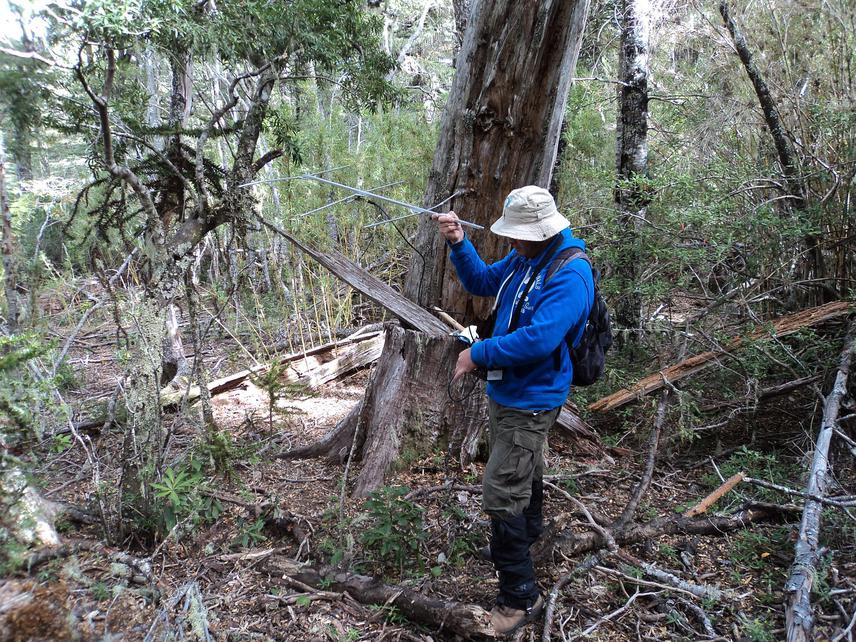Dario Alejandro Moreira Arce
Other projects
31 Oct 2013
Identifying Key Habitats for the Conservation of Critically Endangered Darwin's Fox in a Human-Dominated Landscape
The aims of the project are:
i) to determine the current local distribution; and
ii) the drivers of the habitat selection of the critically endangered Darwin´s fox.
The smallest population of critically endangered and endemic Darwin’s fox is known within Nahuelbuta National Park in central south Chile. This protected area is situated on the Nahuelbuta Mountain Range; a mosaic landscape comprised of native vegetation but mainly dominated by exotic plantation of trees and other human-created ecosystems, and where one of the Chile’s richest carnivore communities also occurs. Recent sightings on surrounding lands of Nahuelbuta National Park suggest that Darwin’s fox is not restricted to this protected area.

These new insights on Darwin’s fox suggest that bordering lands may play an important role by providing additional and/or alternative habitats for this species. However, they also may represent a threat to Darwin’s fox conservation due to human-related threats. In spite of its relevant conservation status, earlier studies have provided limited information upon the basic ecology of this population. This project focuses on identifying the drivers of the habitat selection of this small carnivore by testing three main hypotheses: prey abundance hypothesis, anthropogenic disturbance hypothesis and interference competition hypothesis. Moreover, the project will address the current distribution of Darwin’s fox on this mosaic landscape.
By using a combination of non-invasive methods (camera-trapping, scat and hair collection) and GIS tools, the project will try to generate a reliable habitat suitability map for Darwin’s fox on the study area. Because this carnivore has been known to prey on poultry, Darwin’s fox occurrence information will be matched with information about rural localities in order to identify potential hotspots where wildlife-human conflicts may be expected. Finally, project will conduct training sessions for park rangers on the use of non-invasive methods of monitoring Darwin’s fox and other carnivores.
The knowledge gained through this project (current distribution status and the main factors associated with the habitat selection of this species) should be useful not only for managers to promote the conservation of this species at the landscape level, but also for timber companies to modify their logging activities in order to reduce their impact on Darwin’s fox habitats. In addition, training sessions will allow environmental agencies to set a long-term monitoring program to detect changes in ecological parameters of this endangered carnivore.